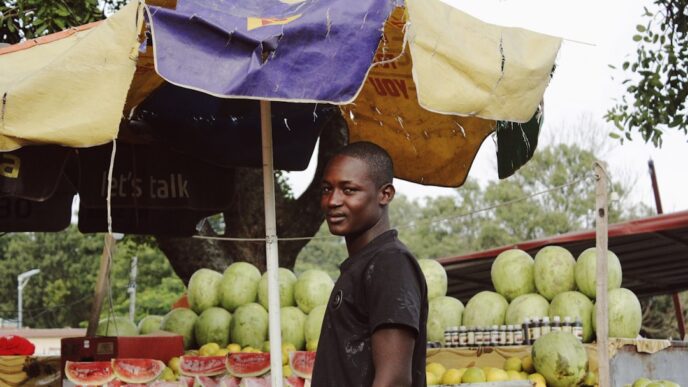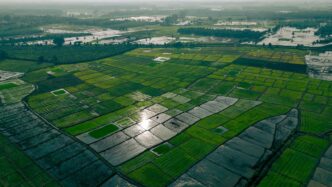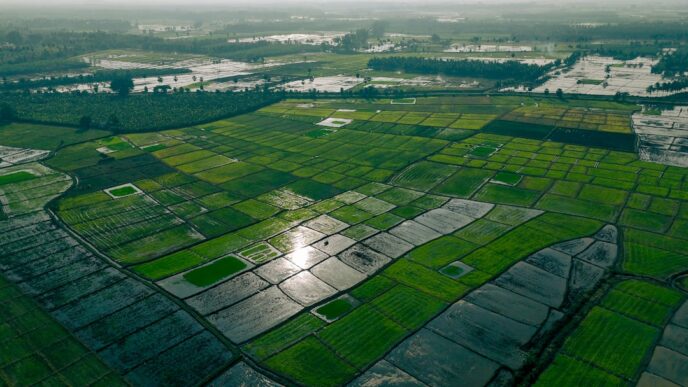In a world increasingly aware of climate change, the financial sector is witnessing an innovative shift with the emergence of Climate Resilience Bonds (CRBs). These instruments enable countries and organizations to fund projects that enhance their resilience to the effects of climate change while ensuring sustainable economic growth. Unlike traditional bonds, CRBs are designed specifically to address climate risks by financing initiatives such as infrastructure upgrades, sustainable agriculture, and disaster preparedness systems.
Take the example of the Caribbean Development Bank (CDB), which has begun to explore this type of financing to help Caribbean nations strengthen their resilience to climate impacts. The region is particularly susceptible to hurricanes, rising sea levels, and droughts, which not only threaten livelihoods but also challenge economic stability. By issuing CRBs, the CDB aims to attract both domestic and international investors looking to support climate adaptation projects.
Consider how these bonds can work in practice. When a country like Jamaica issues CRBs, it can channel the funds into building seawalls, improving drainage systems, or investing in renewable energy sources. Investors, on the other hand, are incentivized not just by potential financial returns but also by the positive environmental impact their investments can generate.
Yet, the adoption of this financing tool is not without its challenges. For one, the lack of a standardized framework for measuring climate resilience can make it difficult for investors to assess risks and returns accurately. Transparency and accountability in how the funds are utilized are critical. If a government fails to deliver on promised projects or mismanages funds, investor confidence can quickly erode, jeopardizing future initiatives.
Moreover, there is a pressing need for capacity-building among emerging economies. Many nations lack the technical expertise and institutional frameworks necessary to effectively design and implement CRB projects. Partnerships with international organizations, such as the World Bank or regional development banks, could provide the requisite knowledge and resources.
Indonesia presents a compelling case study in the potential for CRBs to drive climate resilience. With its vast archipelagic geography, the country faces a multitude of climate-related challenges, from flooding to forest fires. In 2022, the Indonesian government issued a series of green bonds, with plans to transition towards CRBs, aimed at funding projects that protect its rich biodiversity and enhance local communities’ preparedness for climate impacts. This approach not only provides immediate financial resources but also signals to the global investment community Indonesia’s commitment to sustainable development.
Investors are increasingly conscious of environmental, social, and governance (ESG) criteria. The rise of CRBs coincides with a general shift towards sustainable investing among asset managers. As more institutional investors set stringent sustainability targets, the appetite for climate-focused financial products will likely increase.
While the idea of Climate Resilience Bonds is still maturing, their potential to redefine how emerging economies finance climate adaptation is undeniable. As countries navigate the treacherous waters of climate change, adopting innovative financial tools like CRBs can foster a more robust and sustainable economic future. The next few years will be crucial in shaping this landscape, and the stakes could not be higher.













